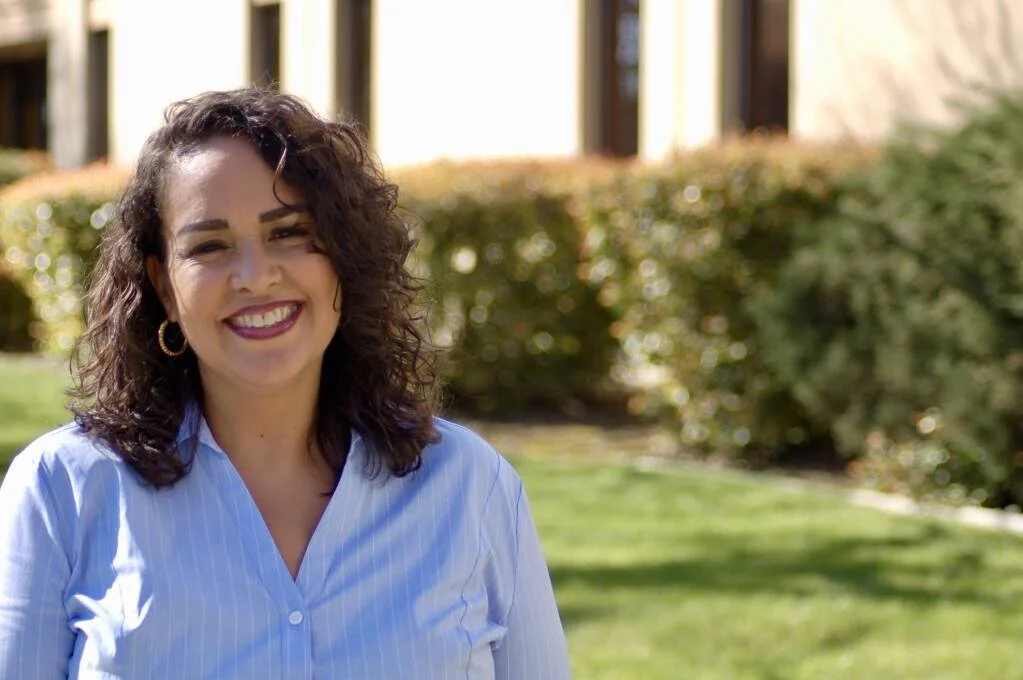Increasing workplace equity takes more than hiring diverse employees, experts say
Anita Maldonado, CEO, Social Advocates for Youth (SAY) (courtesy photo)
If you are a business owner committed to becoming a more diverse, equitable and inclusive organization, ask yourself these questions: Where is the unconscious bias in my company? And what is the impact that it can possibly have?
The questions are backed with an inherent fact: Unconscious bias exists in every organization. That’s according to attorney and business consultant Sejal Thakkar, one of four presenters at the Business Journal’s inaugural Diversity Equity and Inclusion Business Conference, held virtually Thursday.
Thakkar posed the questions because people differ in their life experiences, unconscious bias will naturally creep into every organization’s workforce. If left unchecked, it can undermine recruitment efforts, employee development and lead to lawsuits, said Thakker who, over the course of her 17-year career, has worked primarily on harassment and discrimination cases.
Thakker said she expected to see many cases where people were intentionally trying to harm others, but that wasn’t always reality.
“To my surprise, what I ran into more was the fact that unconscious bias was creeping in, resulting in behaviors that individuals who were well-intentioned weren’t even aware they were signaling to other people,” she said. “And these behaviors were not checked, so they continued and before long turned into a complaint or a lawsuit.”
“(T)hese behaviors were not checked, so they continued and before long turned into a complaint or a lawsuit.”
The key for businesses is to understand that just hiring a more diverse workforce isn’t going to solve the problem. The solution, she said, is to fully address unconscious bias from both an individual and organizational perspective.
“There are so many benefits to different perspectives, but it also can increase the risk of misunderstandings, which can quickly turn into conflict, which will quickly turn into lawsuits,” Thakkar said.
Jason Lau, Ph.D., interim associate dean and senior international officer with Sonoma State University, in his presentation discussed how his own immigration experience 20 years ago from Hong Kong to the United States — which he described as the impossible becoming possible — shapes his work today.
“I think we should focus more on that the whole is actually greater than the sum of the parts, and I think that's the beauty of diversity,” Lau said. “Inclusion really means that everyone in the diverse mix feels involved, valued, respected, treated fairly and embedded in your culture.”
Lau said when such diversity and inclusion is in place, businesses can be stronger and better equipped to serve their customers. In addition, he added, organizations that are built on trust and support are empowered.
Anita Maldonado, CEO of Social Advocates for Youth (SAY), said the George Floyd murder in May 2020 led her organization to get involved in diversity, equity and inclusion work. In June 2020, the organization brought in a diversity expert and created a plan.
The work involves what Maldonado calls “safe and brave dialogues,” training on the history of racism, trauma and equities; and improvements within SAY’s organization.
“We realized that we had to make multiple touchpoints within the organization,” she said. “We continue to do leadership training and reflection to this day.”
Jackie Gonzalez, vice president of the Hispanic Chamber of Sonoma County and an account executive with Wine Country Radio, said the chamber has found radio as an effective way to reach the Hispanic community. During the pandemic, Wine Country Radio broadcasted messages targeted to Hispanic businesses to make sure they were equipped with necessary resources.
Radio also has proven effective in reaching the Hispanic community’s workers.
“A lot of our Hispanic workforce is in the labor-intensive field,” Gonzalez said. “So they're continuing to listen while they're picking grapes, out in the agricultural areas, as well as doing construction.”
Kaiser Permanente was the major sponsor of the conference. Trope Group was the corporate sponsor.


